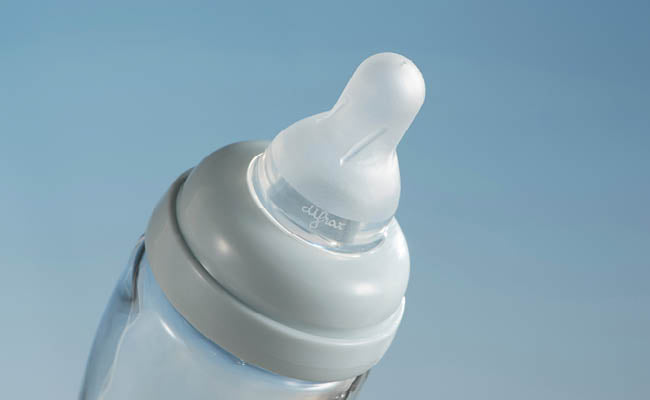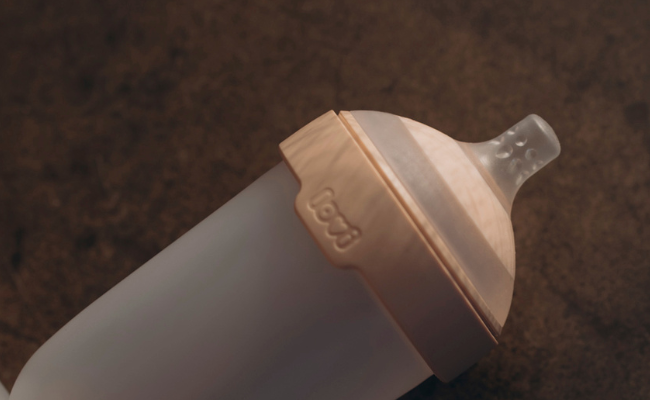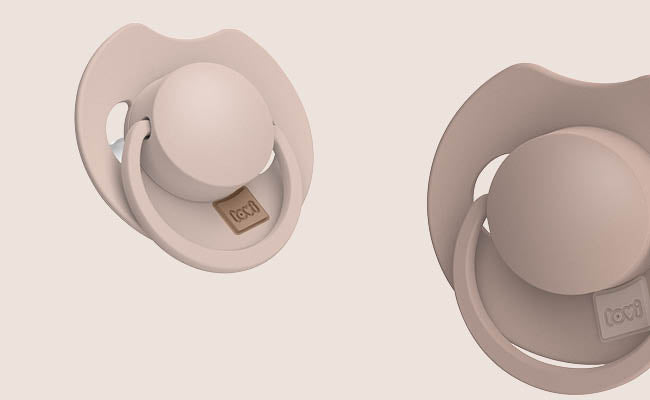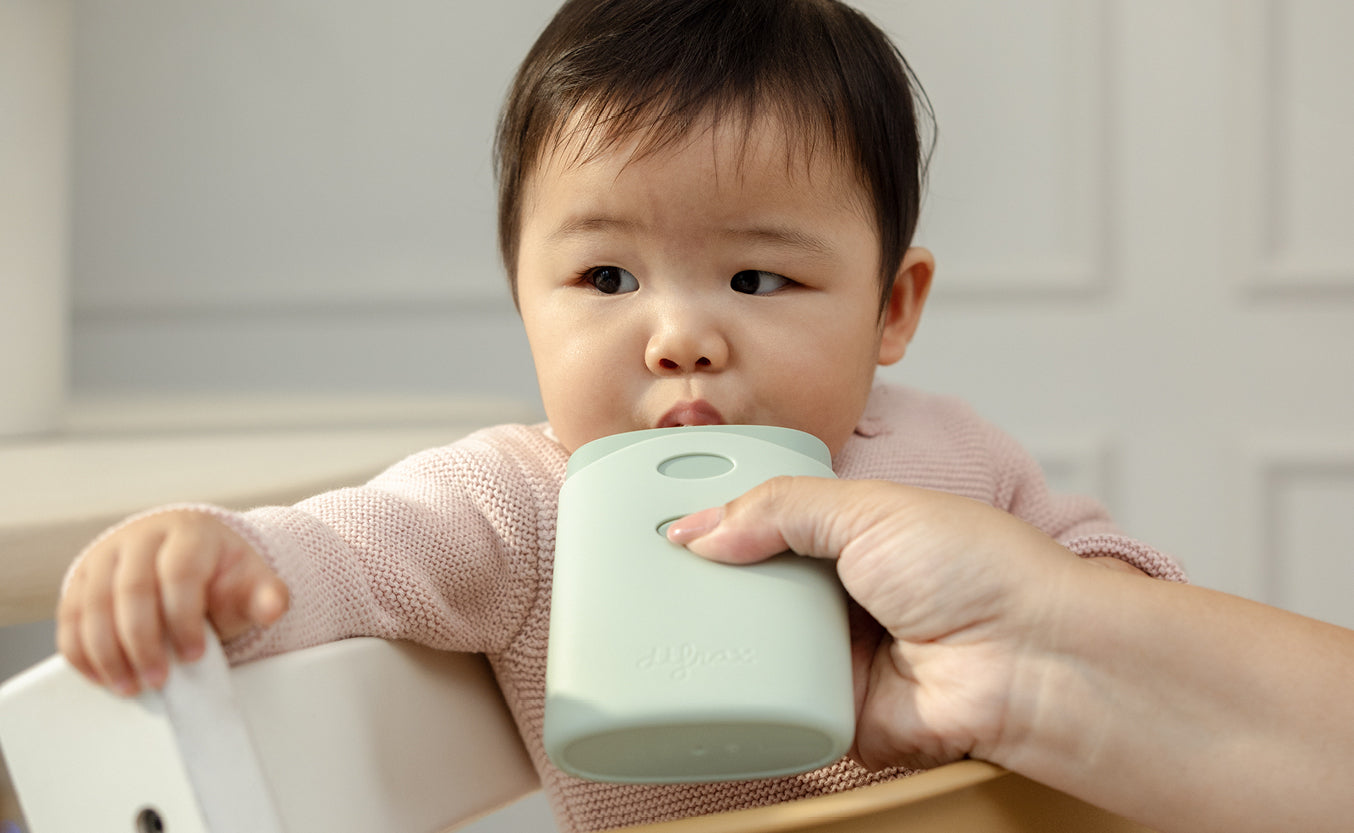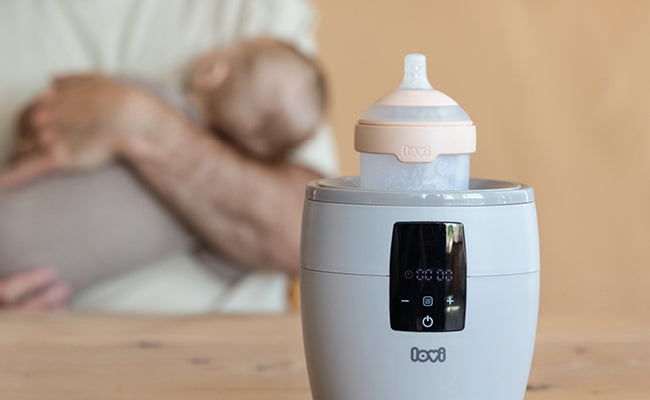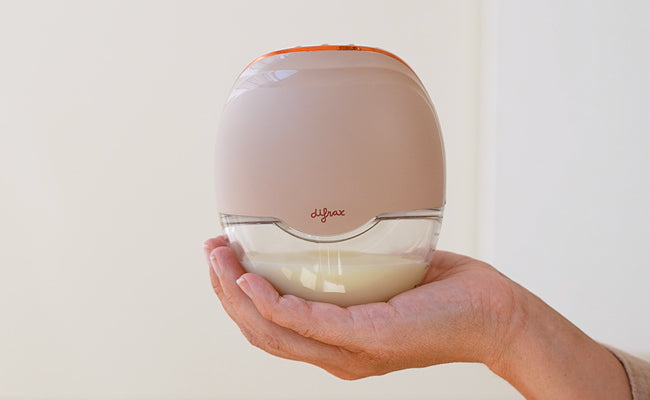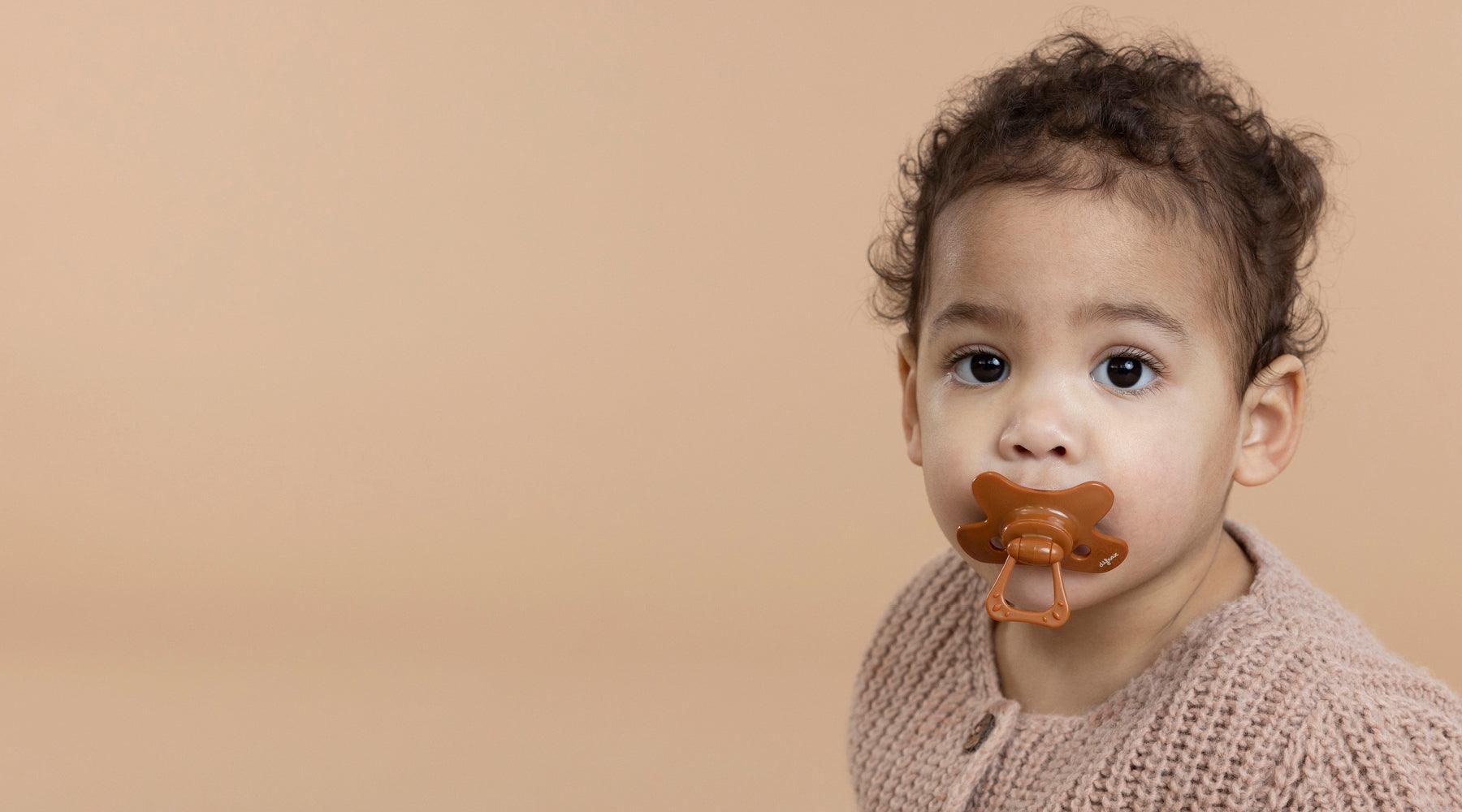
Natural rubber, not so natural
A lot of baby products are made of natural rubber. For example, bottle teats, pacifiers and baby toys. People often think that natural rubber is environmentally friendly and natural. But is it really? Just how environmentally friendly is natural rubber?

Chemical additives in natural rubber
As the name already suggests, natural rubber is a natural product. The raw material for natural rubber (latex) is tapped out of rubber trees as juice. Pure natural rubber (latex) is not a usable product; therefore, several chemicals (additives) have to be added to natural rubber to make the product suitable for use. There are strict rules regarding the addition of additives to ensure that the product is safe for human use (also see our guide when to change pacifier size).
The following chemicals are used to make natural rubber suitable for use:
- Preservatives: these chemicals prevent damage to products by organisms (e.g., fungi and bacteria).
- Blowing agents: to reduce the weight of the rubber.
- Dyes: to give the rubber a certain color.
- UV stabilizers: these make the rubber more resistant to sunlight.
- Vulcanizing agent: adding a chemical like sulfur makes the rubber stronger and makes it more elastic.
- Fillers: these make a rubber product cheaper and give it more strength.
- Softeners: these oily substances make the product flexible.
Natural rubber pacifier and bottle teat
Natural rubber production is harmful for the environment
Besides the fact that many chemicals are added to natural rubber to make it usable, there are also other disadvantages to natural rubber. The production process of natural rubber is environmentally damaging, as it creates a lot of residual waste. In addition, a lot of rainforest is deforested in order to meet the increasing demand for rubber trees. This has a major impact on the climate and on our planet's biodiversity. Furthermore, the working conditions at most plantations are very poor.
Natural rubber delicate
As mentioned above, natural rubber contains chemical additives and is harmful to the environment. If you still want to use natural rubber products, make sure you read the manual carefully and pay attention to the following points:
- Natural rubber should be replaced every four weeks. For silicone, this is six weeks.
- Heat sources (such as sunlight/sterilizing/heating) can cause natural rubber to break, soften, become sticky, dry out, discolor and deform.
- Sucking can cause natural rubber to change its shape; it can also expand and take on a scent.
- Natural rubber contains (safe) softeners. Natural rubber and silicone are both free of BPA and PVC. BPA has been banned from baby products since 2011, PVC is only used in plastic.
- Natural rubber can lead to an allergic reaction. Some children react to the protein in natural rubber.
- Natural rubber has a certain taste to it. For this reason, some children refuse to put it in their mouths.
Silicone vs. natural rubber
At Difrax, we don’t believe that natural rubber is more environmentally friendly. We also feel that it isn’t as natural as the name suggests. We therefore consciously choose silicone as a cleaner alternative for our baby products.
The advantages of silicone:
- Odorless and tasteless: silicone is odorless and tasteless. Rubber tastes and smells like rubber, which makes it less similar to the mother’s breast. Because of this, a baby may begin to refuse to breastfeed.
- Hygiene: the smoothness of the material makes silicone easier to clean.
- Cracks less quickly: silicone is firmer and therefore cracks less quickly. It can put more pressure on the palate and the increasingly strong jaw of your baby and lasts longer, which makes it more durable. Silicone is not sensitive to deformation caused by sucking.
- Allergy-free: silicone is allergy-free, whereas your child may be allergic to rubber.
- Weatherproof: silicone is resistant to sunlight, moisture, heat and cold. When exposed to heat and UV light, natural rubber can easily break, soften, get sticky, dry out, discolor and deform.



